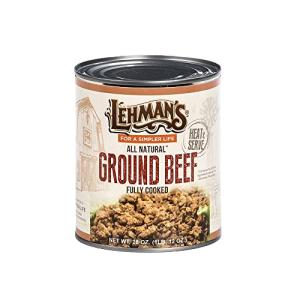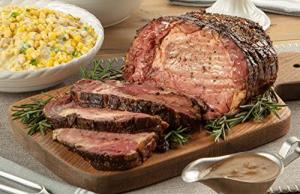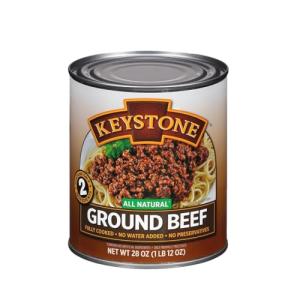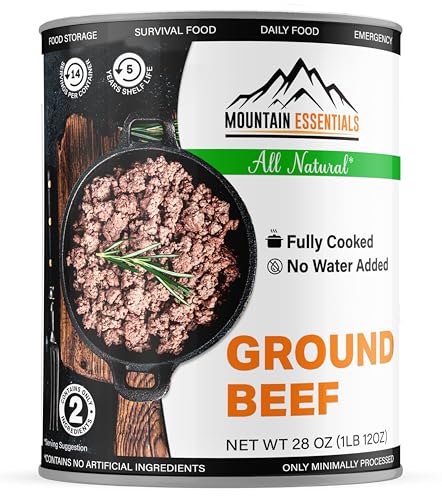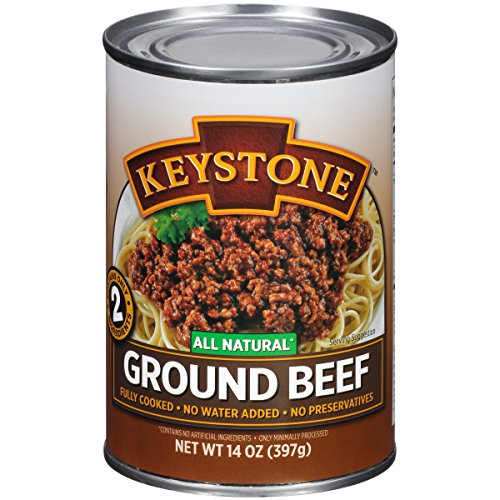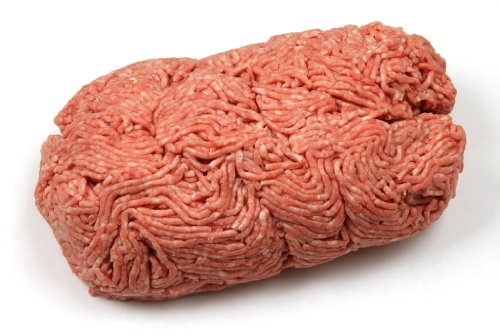Getting the cooking times right can make or break your beef dish. You want those juicy flavors to shine, and each cut of beef has its sweet spot. Here’s a quick guide for you on Beef Cooking Times For Different Cuts, so you can serve up perfectly cooked beef every time.
Ribeye Steak: This cut is marbled and super flavorful. Grill it for about 4-5 minutes per side for medium-rare. If you prefer it well-done, go for about 6-7 minutes per side. Ribeyes can be forgiving, so don’t stress too much if you’re a minute off!
Tenderloin: The tenderloin is lean and super tender. For a nice medium-rare, aim for around 3-4 minutes per side. If you’re cooking it in the oven, 20-25 minutes at 425°F will do the trick. Just make sure to rest it for a bit before slicing!
Chuck Roast: This cut is great for slow cooking. Toss it in the slow cooker and let it go for about 8 hours on low. If you’re using an oven, cover it and cook at 300°F for about 3-4 hours. The slower, the better for that fork-tender goodness.
Flank Steak: A very popular cut for marinating, the flank steak is best cooked quickly. Grill or broil it for about 5-6 minutes per side for medium-rare. Make sure you slice it against the grain for the best texture!
Cook Beef Like a Pro Every Time
Cooking beef can be intimidating, but it doesn’t have to be! With the right approach, you can master beef cooking times for different cuts and impress everyone at the dinner table. Whether you're grilling, roasting, or braising, each cut of beef has its ideal cooking time. Knowing these times can transform your meals from okay to unforgettable.
First off, let’s break it down by cut. Here are some popular options:
Using a meat thermometer can make your life a lot easier. Beef cooking times for different cuts may vary, but pulling the meat out at the right internal temperature ensures perfection every single time. For medium-rare, go for 130°F, medium is around 140°F, and well-done hits 160°F.
Don't forget to let your beef rest after cooking. This little trick lets the juices redistribute, making every bite juicy and flavorful. With this guide, you'll be ready to cook beef like a pro and say goodbye to overcooked or undercooked meat. Your friends and family won't know what hit them!
Lehman's All Natural Canned Beef, 28 oz Case
Enjoy the rich taste of high-quality, all-natural beef in every convenient can
Product information
$266.67
Product Review Score
4.2 out of 5 stars
105 reviewsProduct links
Understanding Doneness Levels for Beef
When it comes to preparing a delicious beef meal, understanding doneness levels is key. You want that perfect juicy bite every time, and knowing how to tell when your beef is just right will help you achieve that. Beef Cooking Times For Different Cuts vary not just by the cut but also by how you like it cooked. Let’s break it down.
Here’s the basic rundown of doneness levels:
To get the best beef experience, use a meat thermometer. It's the easiest way to avoid overcooking or undercooking your favorite cuts. Trust me, a little patience and attention to temperature can make a huge difference in your meals.
Each cut of beef has its own cooking times and recommended doneness levels. For example, a tender filet mignon is fantastic at medium rare, while a tougher cut like brisket benefits from low and slow cooking, often reaching medium or well-done for optimum tenderness. Keep Beef Cooking Times For Different Cuts in mind, and you’ll never go wrong!
Gourmet Cooked Beef Prime Rib Roast Duo
Indulge in tender, juicy prime rib roasts that are ready to impress at your next gathering
Product information
$260.00
Product Review Score
4.21 out of 5 stars
157 reviewsProduct links
Tips for Juicy and Tender Results
If you want juicy and tender beef, there are a few golden tips you should keep in mind. First off, always start with high-quality meat. Choosing the right cut makes a huge difference. Cuts like ribeye or tenderloin are naturally more tender, while brisket or chuck needs a little more love to get that juicy result.
Next, don't skip the seasoning. A simple rub with salt and pepper can enhance the beef's natural flavors. For an extra boost, try marinating your meat a few hours ahead or even overnight. It’s an easy way to add moisture and flavor. Just be cautious with acidic marinades; don’t leave your beef in them too long, or it could turn mushy.
Cooking time is crucial. Knowing the beef cooking times for different cuts can save you from dry, overcooked meat. Use a meat thermometer to check doneness. Here's a quick guide: medium-rare is about 135°F, medium is 145°F, and for medium-well, aim for 150°F. Letting your beef rest after cooking is essential too; this helps the juices redistribute and gives you that mouthwatering tenderness.
Lastly, don’t forget the cooking method. Whether you’re grilling, roasting, or slow-cooking, adjust your times accordingly. For tougher cuts, low and slow is the way to go. But for tender cuts, a quick sear or roast is perfect. Just remember to keep an eye on your beef cooking times for different cuts to ensure you get the best results every time.
